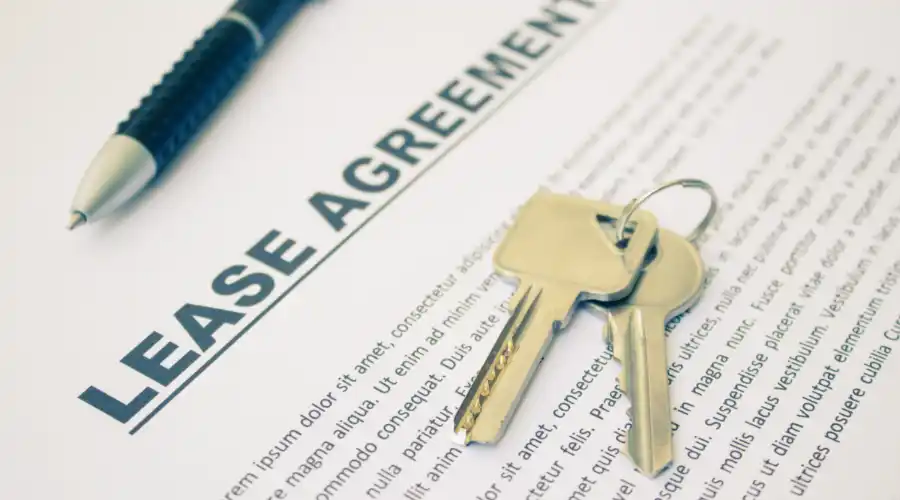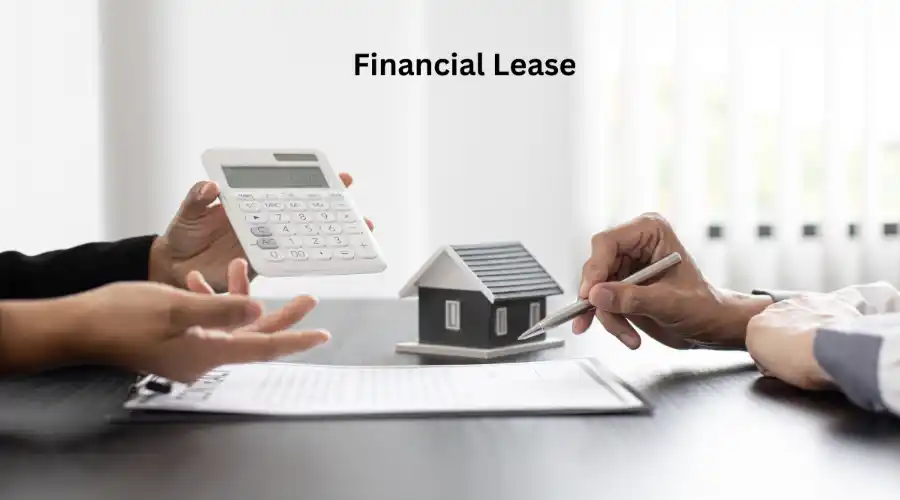You can use a property without purchasing it by leasing it. You pay the owner’s rent for a predetermined period rather than the entire amount. The owner (lessor) retains ownership of the property while the tenant (lessee) uses it. A lease is a formal contract that outlines the terms, conditions, and rent. Businesses and people who require space but do not wish to purchase it can benefit from leasing.
In this Brick & Bolt article, we’ll go over the many kinds of leases and their functions in this post so you can pick the one that best suits your requirements.
What is a Lease?

A lease is a basic agreement between two people or groups. For compensation, one person (the owner) allows the other (the renter) to utilise his property for some time. It can be a house, office, or even a car. The conditions, terms of payment, and the period that the renter is allowed to occupy the property are all stated fully in the lease.
To avoid problems among the parties, both should uphold the contract. When someone is caught breaking the terms, the legal process could be taken against him or her. A lease can act as a fair thing to assure security and tranquillity for the renter as well as the owner.
Major Types of Lease in Construction
Several types of leases that can be used in construction are as follows:
Operating Lease
In this type of lease, the renter uses the property for a while but never has ownership. This lease enables companies to utilise costly assets without buying them. Either the owner (lessor) or the tenant can terminate the lease if necessary after providing notice.
In an operating lease, the owner is responsible for all expenses, such as maintenance and repairs. The tenant pays only to utilise the asset. This makes it an ideal choice for companies requiring equipment, office space, or vehicles without incurring the responsibility of full ownership.
Leveraged Lease
Here, the owner (lessor) takes a loan of a portion of the purchasing price from a lender. The house and rental payments are collateral for the loan. The loan is settled with the payment of rent payments by either the owner or tenant (lessee). Any remaining amount after paying for the loan goes to the owner.
This implies the owner splits the cost of the property, paying only a portion, while the lender pays the remaining portion. The owner retains some level of ownership, but the lender also retains a financial interest until the loan is paid in full.
Financial Lease

A financial lease is a long-term leasing transaction where a person or firm (the lessee) rents a vehicle or equipment for most of its useful life. As a rental, the owner (lessor) conveys to the lessee virtually all the benefits and hazards of owning the asset. It feels almost like owning the asset without actually buying it.
The first stage is a fixed period where the owner recovers their money through rent. After this, the lease continues at a much lower cost. This type of lease helps businesses use expensive assets without making a big upfront payment.
Net Lease
There are three varieties of net leases: single, double, and triple. After the deduction of the costs for maintenance, taxes, insurance, repairs, etc., the rent is paid by the lessee. The lessor in a net lease is not concerned with the maintenance costs of the property. The lessor provides only financial services.
- Single Net Lease
Tenants under a single net lease pay rent and an additional fee, like property taxes. The landlord still deals with other expenses, like maintenance and insurance. Tenants prefer this type of lease since it is more cost-effective than other net leases.
- Double Net Lease
Tenants in double net leases pay rent and other two expenses, generally insurance and property tax. The landlord still handles maintenance costs. This lease, also called a net-net lease, is common in commercial properties.
- Triple Net Lease
Tenants in a triple net lease have to pay three expenses along with rent: maintenance, insurance, and property tax. This is commonly applied to tenants who stay in a whole building for ten years or more.
Ground Lease (Land Lease)
When a landowner rents out his/her land to another tenant for nearly 50 – 99 years, it is referred to as a ground lease or land lease. Here, land is given for lease. The tenant has the right to build buildings, hotels, or other things above the ground. However, after the completion of the land lease, everything belongs to the land owner.
This kind of lease is common for businesses, hotels, and shopping centres. Without spending much to buy land, a tenant can get the land on lease. Landowners also benefit from this lease by earning a steady income over the lease amount while holding the property ownership.
Conveyance Lease
It is a special lease in which the owner allows the tenant to use the property for a particular period. During this time, a tenant can give big makeovers to the property or even change the lease to another one. However, when the lease ends, the property has to be returned to the owner. If a tenant wants to do business without buying the property, this lease will work. It can also benefit the owner by earning an additional income by gaining property ownership.
Build-to-Suit Lease
According to the tenant’s need, a builder or land owner builds a property, which is termed as a build-to-suit lease. Here, the tenant agrees to rent the property for nearly 10 to 20 years. This kind of lease is popular among businesses, hotels, banks, and offices that require a building for their operation without buying the whole building.
So, the landlord is responsible for construction costs and the rent is paid by the tenant even at a higher cost. In the long run, businesses take profit from their operations and landowners earn a decent and stable amount.
How to Choose the Right Lease for Your Needs
Your project’s budget, size, and long-term goals will decide the best lease. A ground lease enables you to construct on property and pay rent if you want it for a business building but don’t want to buy it. For businesses such as offices or retail outlets that need a specially tailored space without upfront building expenses, a build-to-suit lease—often categorized under Leasehold Property—is the most suitable choice.
A conveyance lease allows for alterations and even transfer of leases if you need long-term possession of a property. Ensure it suits your construction requirements and budget by reviewing the lease duration, maintenance responsibilities, and rental charges before deciding.
Conclusion
You can make more informed decisions about your project if you know about the various types of leases in construction. Each option has its benefits, whether it is a conveyance lease for more control, a build-to-suit lease for custom-built spaces, or a ground lease for extended land use. Your budget, project needs, and future objectives will all come into play in choosing the most suitable lease.
At Brick & Bolt, we assist you in making the best options for your needs to ensure that there is an uninterrupted construction experience. You may complete your job on time and at a reduced cost with appropriate leasing and professional guidance.

